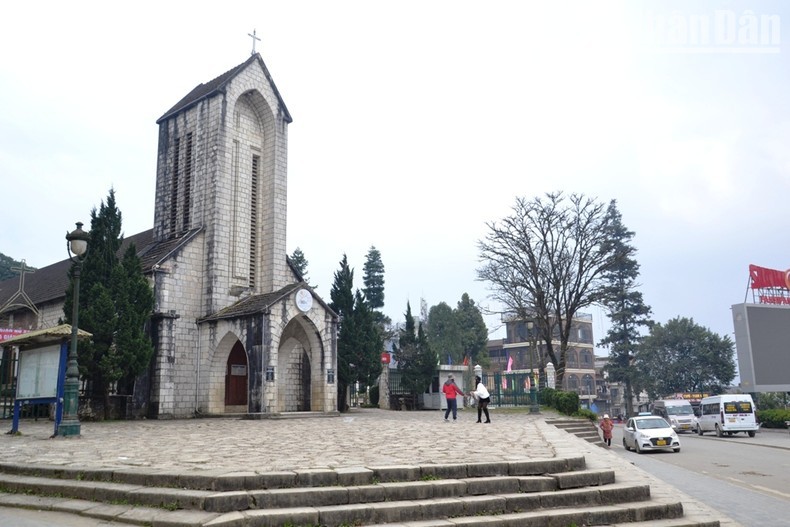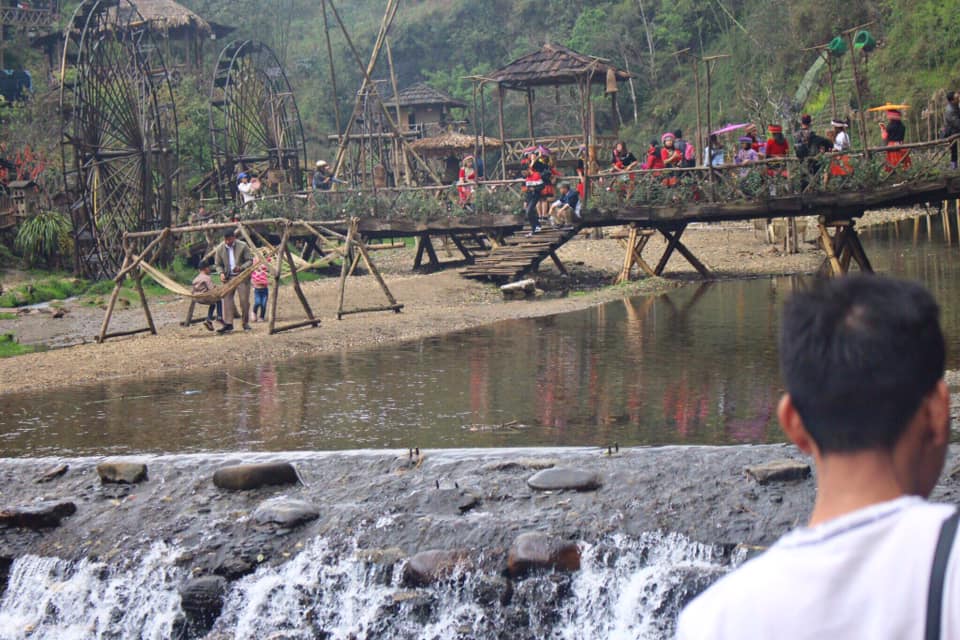Introduction
Nestled in the northwestern mountain area, Sapa town beckons travelers with its unique blend of cultural richness and natural splendor. This article takes you on a journey through the history, attractions, and cultural tapestry of Sapa, providing insights for an enriching experience.
Getting to Sapa
For many visitors, the overnight train journey to Lao Cai followed by a road trip to Sapa emerges as the most convenient option. While two main roads offer picturesque views, the twelve-hour drive can be arduous, making overnight train travel a popular choice.

Sapa’s Historical Background
Sapa’s origin traces back to the French occupation when it transformed from a Black H’mong village into a resort for French military officers and civilians. By 1940, it had become a substantial town, predominantly inhabited by French citizens seeking respite from Hanoi’s climate.
Impact of 1979 Chinese Invasion
The original Lao Cai town, a victim of the 1979 Chinese invasion, holds little attraction for visitors today. However, the road to Sapa and the border gate with China remain notable points of interest.
Sapa Town Today
While remnants of the French presence endure, Sapa today boasts restored buildings like the church and a few others inspired by the long-gone French villas. The inclusion of open fires and chimneys in many structures provides warmth during winter when temperatures can drop below zero.
Accommodation in Sapa
Sapa offers a range of accommodations, from local hotels to an international standard option. A recent addition is a small four-room guest house owned by the Hoa Sua organization, providing comfort and contributing to the local economy.
Ethnic Minority Groups in Sapa
One of Sapa’s main attractions is its concentration of ethnic groups. Preserving their traditional dress, buildings, and lifestyles, these groups offer a unique cultural experience, with little change over the last century.

Visiting Markets in Sapa
Venturing beyond tourist-centric areas, visitors are recommended to explore remote markets untouched by package tour companies, and a long drive is often required. However, these markets offer a closer look at traditional culture.
Commercialization and Local Economy
For souvenir shopping, markets in Sapa or Bac Ha are suggested. While commercialized, purchasing directly from these markets ensures profits go to producers rather than wealthy shop owners. Tourist areas often feature businesses not owned by locals.
Conclusion
Sapa, with its rich history, ethnic diversity, and stunning landscapes, invites travelers to explore a unique facet of Vietnam. Whether discovering the remnants of French influence or immersing in the authenticity of ethnic markets, Sapa promises a captivating experience. Exploring this beautiful town with us, please follow
this link to learn more.


